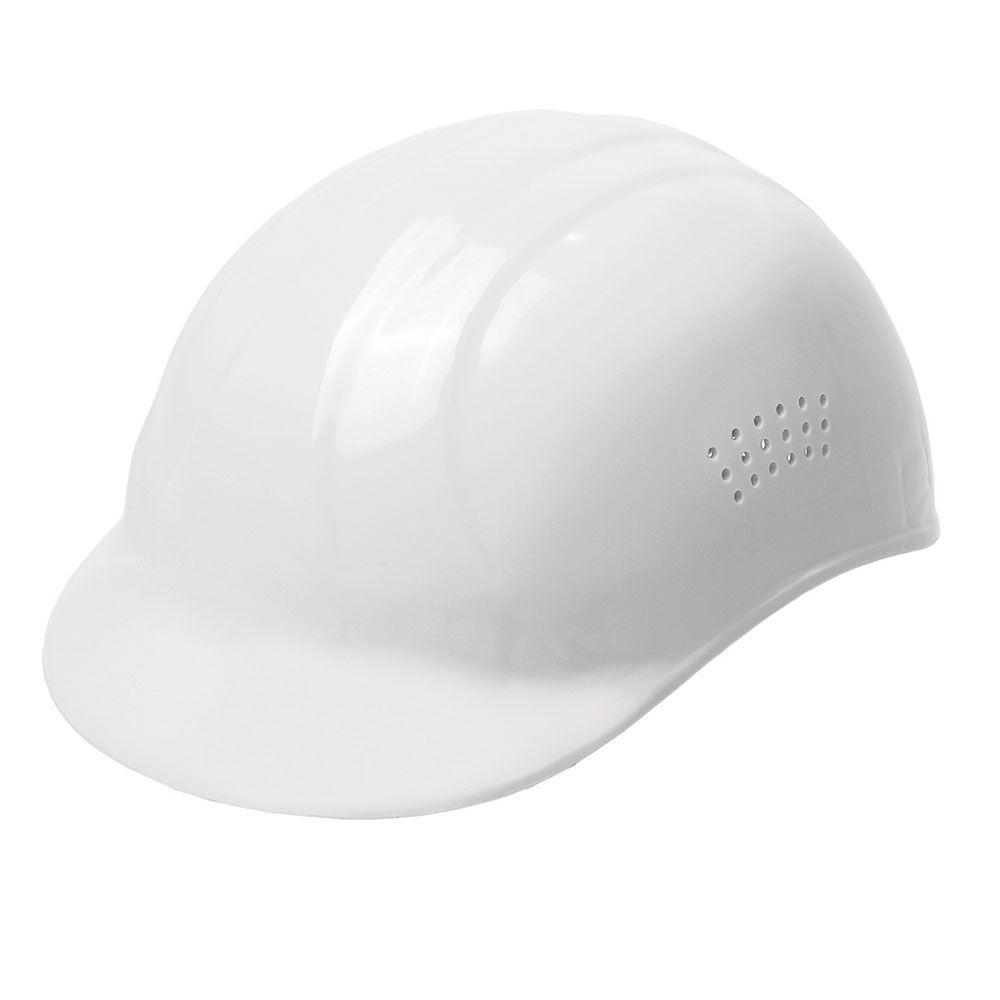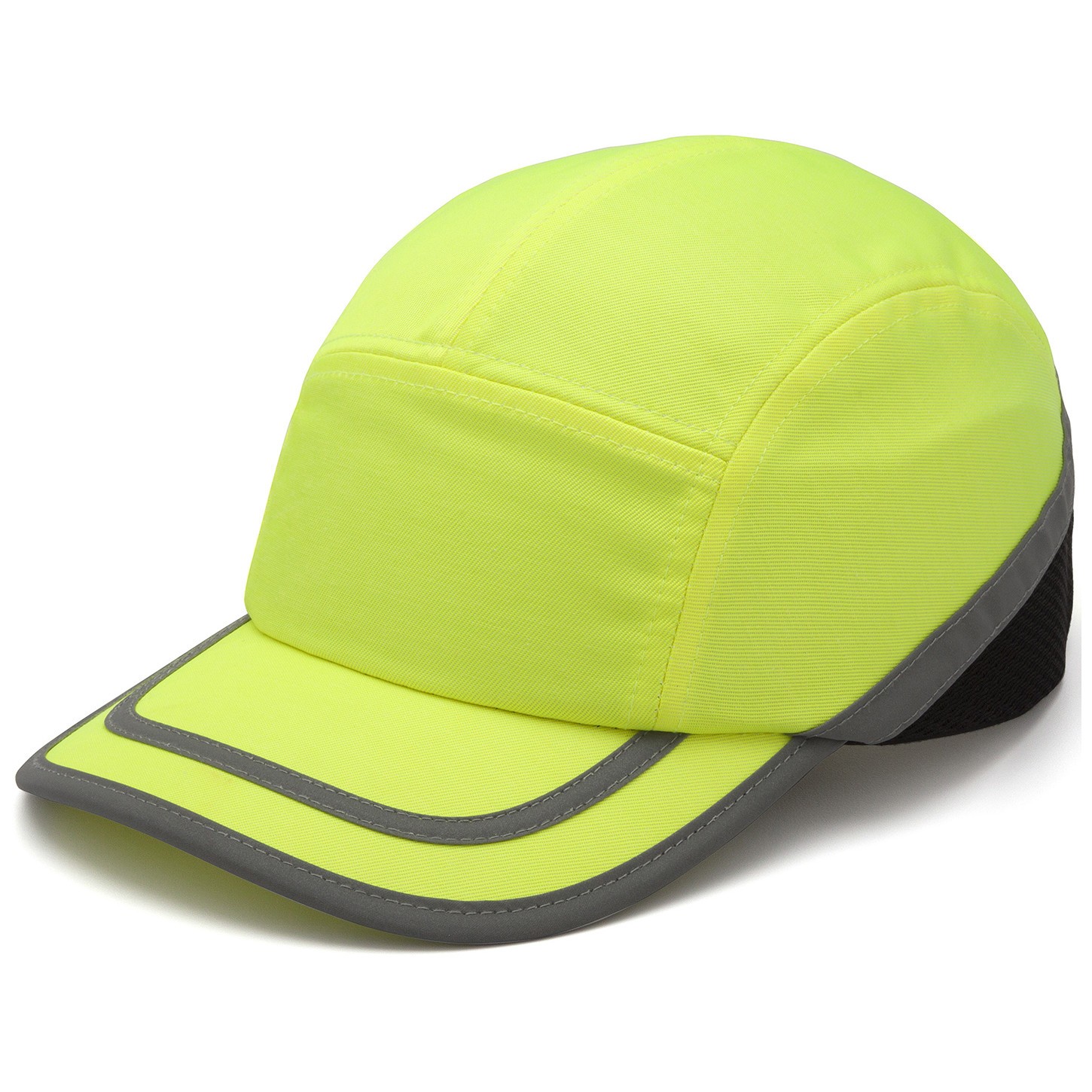From: gaghalfrunt
ID: 1464230
Subject: re: Some ridiculous thoughts
“Watching mythbusters.
Could there be such a thing as an inconspicuous helmet? It would need to be thinner than a normal helmet, with a thin outer layer (to protect the skull from sharp objects), and a softish inner layer (to protect the brain from blunt force trauma). On the very outside could be a wig or latex mask for inconspicuousness.”
Why does a helmet need to be inconspicuous?
And don’t get me started on “Pointing out the bleeding obvious” Busters.
——
“It doesn’t have to be very obvious to be too obvious for” mollwollfumble. I didn’t think of that.
People for whom this wouldn’t help. Soldiers, car racers, motorbike riders – can’t take shortcuts there.
People for whom this may help.
Cavers, underground council workers, opal miners, factory workers – collision speed less than 1.5 metres per second, conventional helmets are so darn cumbersome.
Car drivers and passengers, stuntmen, soccer, tennis, wrestlers, martial arts, all sorts of spectator sports, policemen – where appearance matters.
Skateboard, scooter, roller blades, roller skates – appearance matters for kids.
Pilots of ultralights, skydivers, base jumpers.
Construction workers, rescuers – what they have now may suffice, but perhaps go one better.
People who already have a skull or brain injury, and don’t want it to be too conspicuous.
transition said:
party_pants said:
One the subject of helmets, it is not only the risk of skull fracture or penetration by foreign objects that one needs to be careful about. Significant brain injuries can arise from the brain moving about violently inside the skull. A hard and thin helmet might prevent the first type of injury but might be worse for the latter if it allows the force of the blow to be transferred to the brain and not absorbed by the helmet. Perhaps thicker helmets with more padding to absorb energy might be better than thinner helmets with less.
This is based on the studies of brain injuries to players in American football that use hard but tight-fitting helmets as battering rams.
i’d expect your primary helmet is your cranium, a hardened aspect of a feature-packed bulbous extrusion above the shoulders connected to the rest of the body-vehicle via the neck/spine. Boasting mixed radar systems, passive and active. Reportedly it’s to protect the CNS from impacts that could seriously reduce an example creatures chances of breeding, or related supporting offspring. The bulb apparently is a wetware supercomputer, with an impressive array of tools
the genius of the apparatus is evident in the ease with which the species apprehends basic physics like .5M(V^2) = KE, especially the exponentiated magic (V^2)
> A hard and thin helmet might prevent the first type of injury but might be worse for the latter
Yes indeed. A hard outer coat to protect the skull from sharp objects and a soft inner later to cushion the brain against rapid accelerations.

